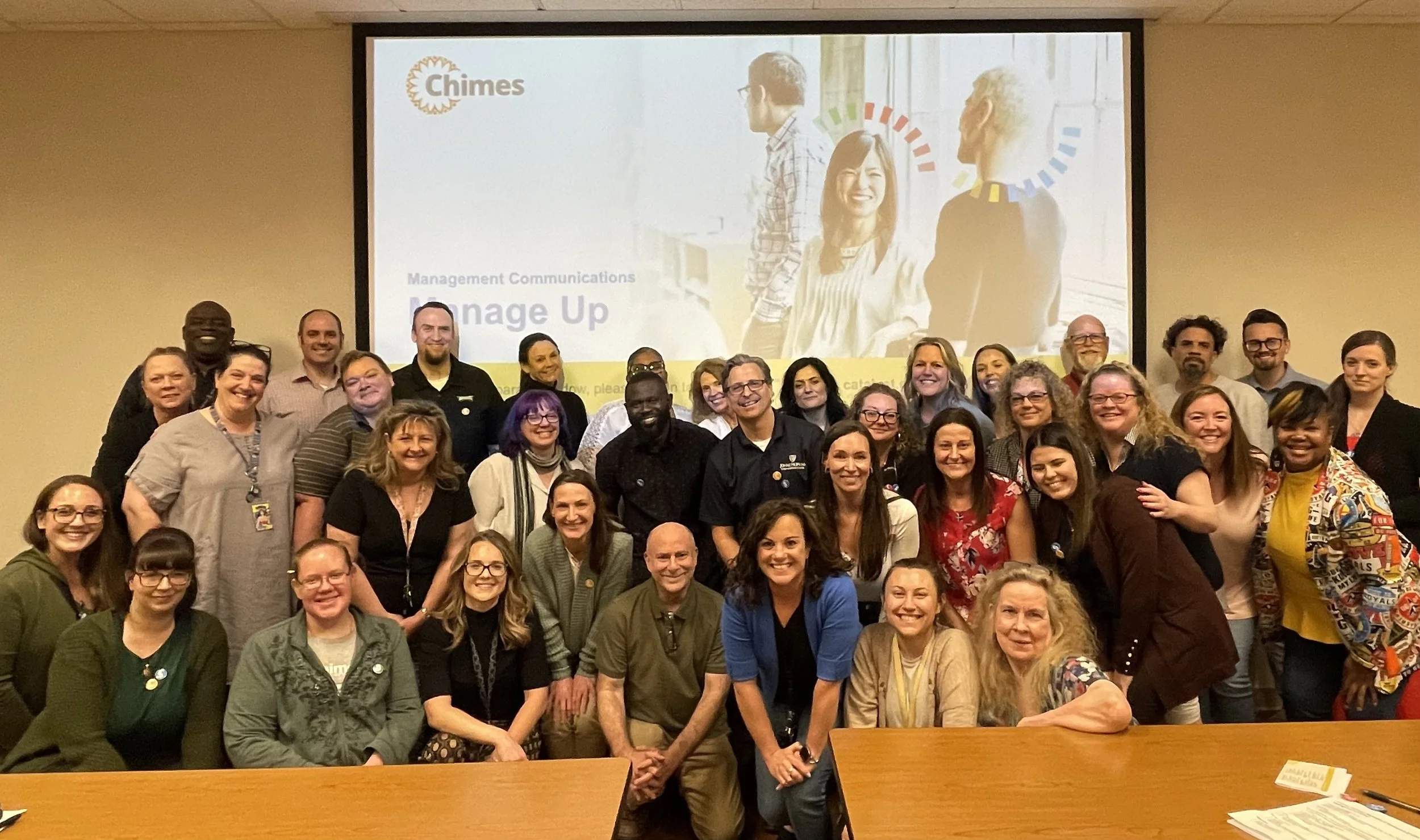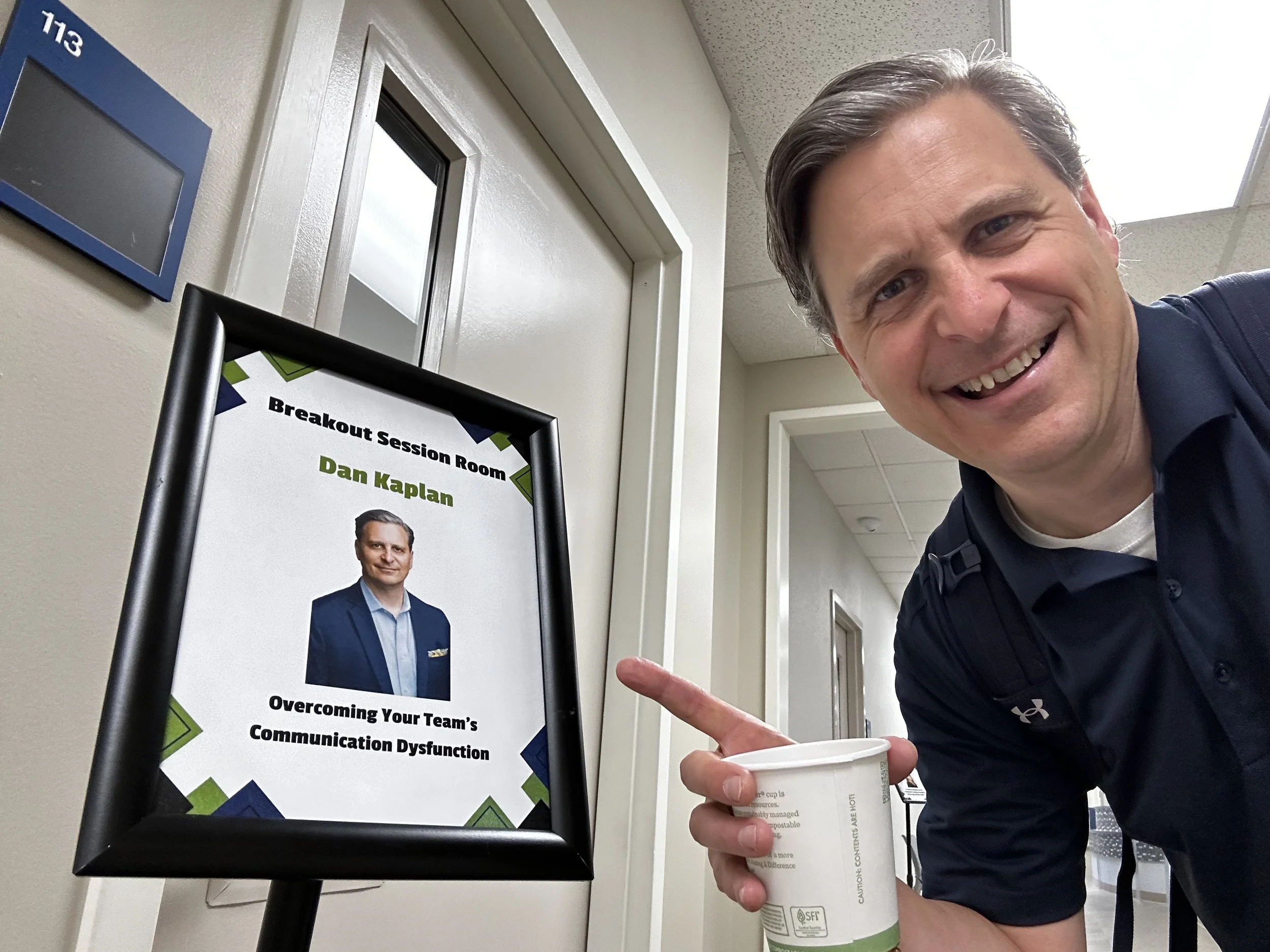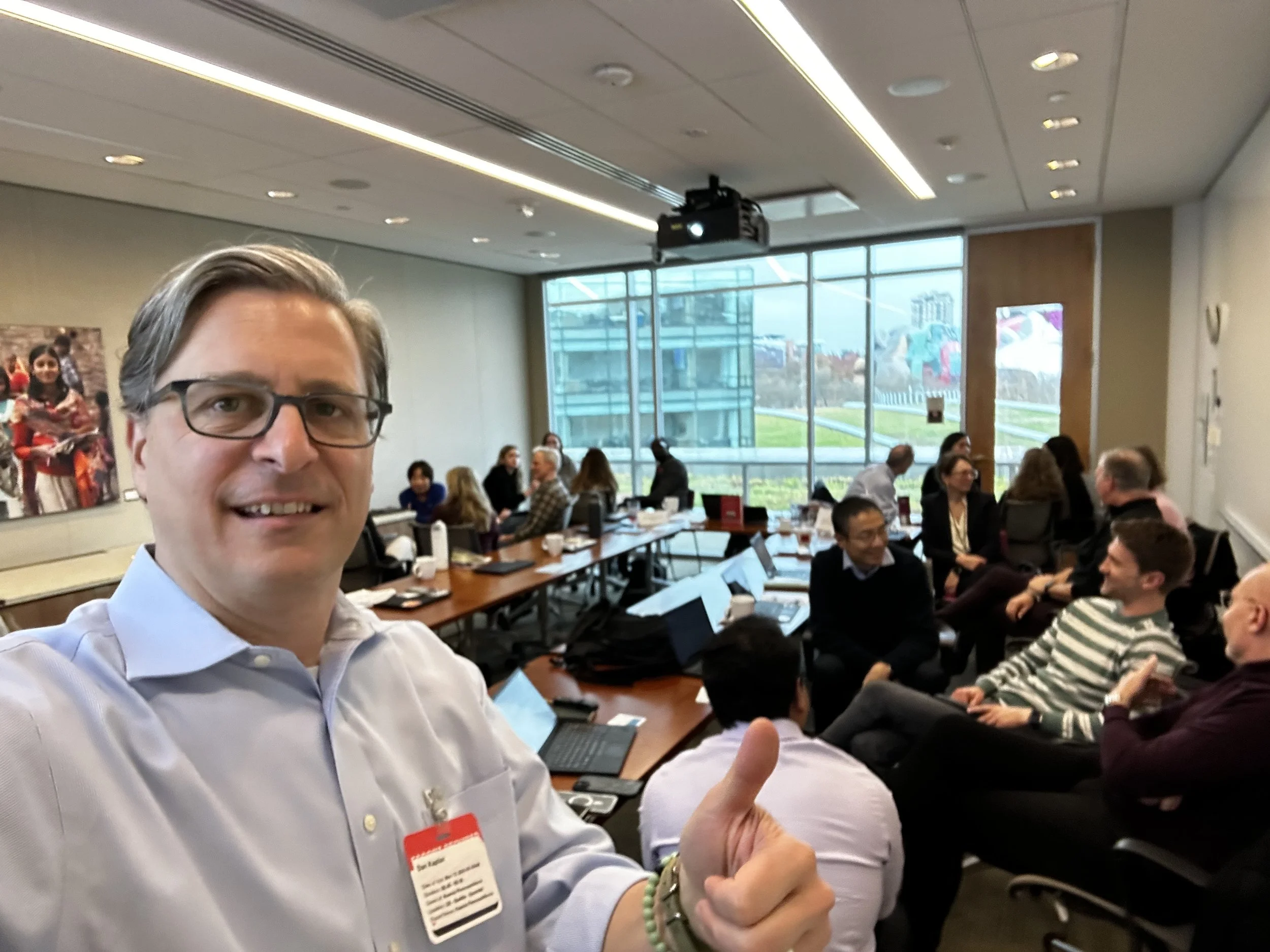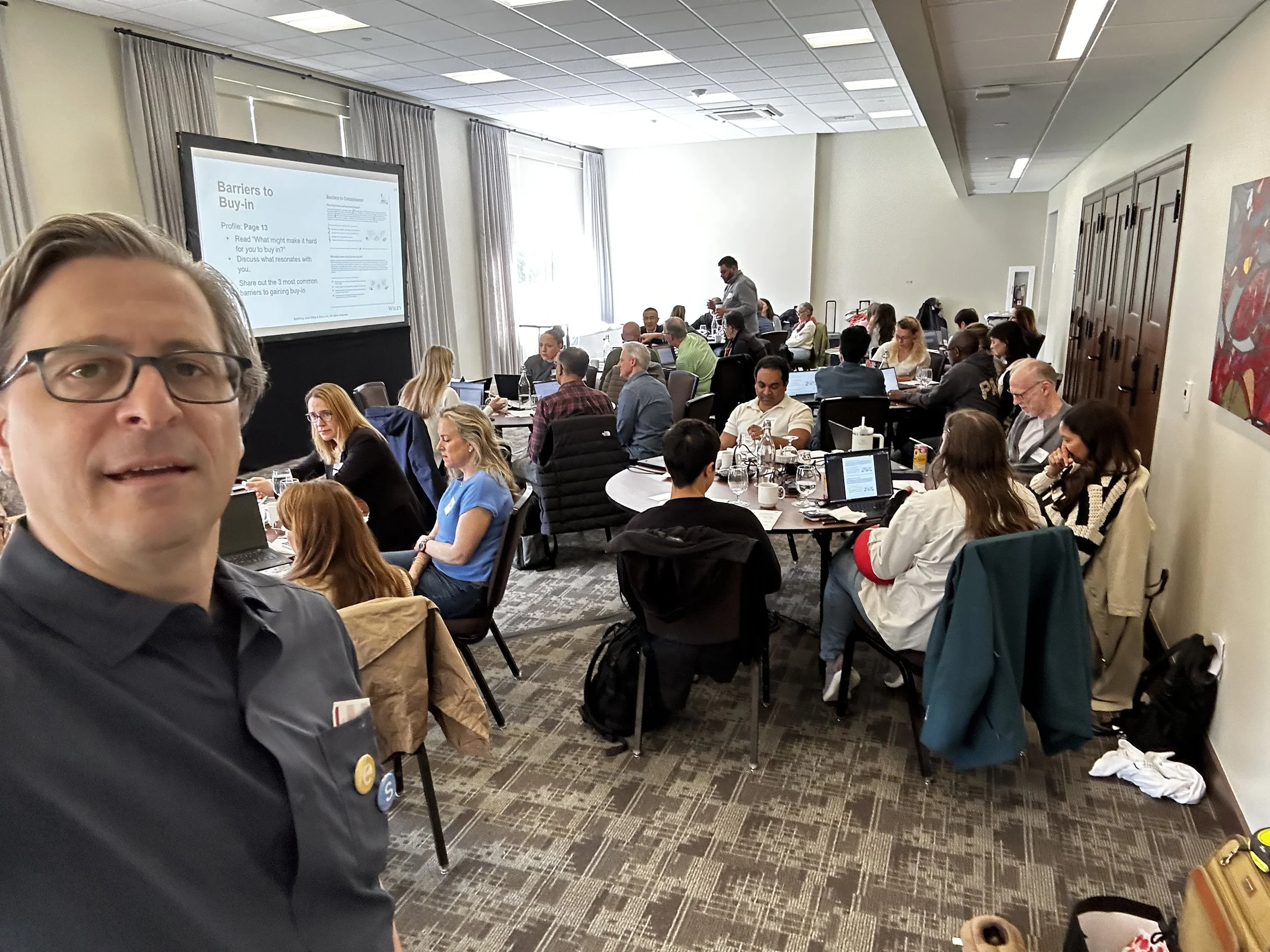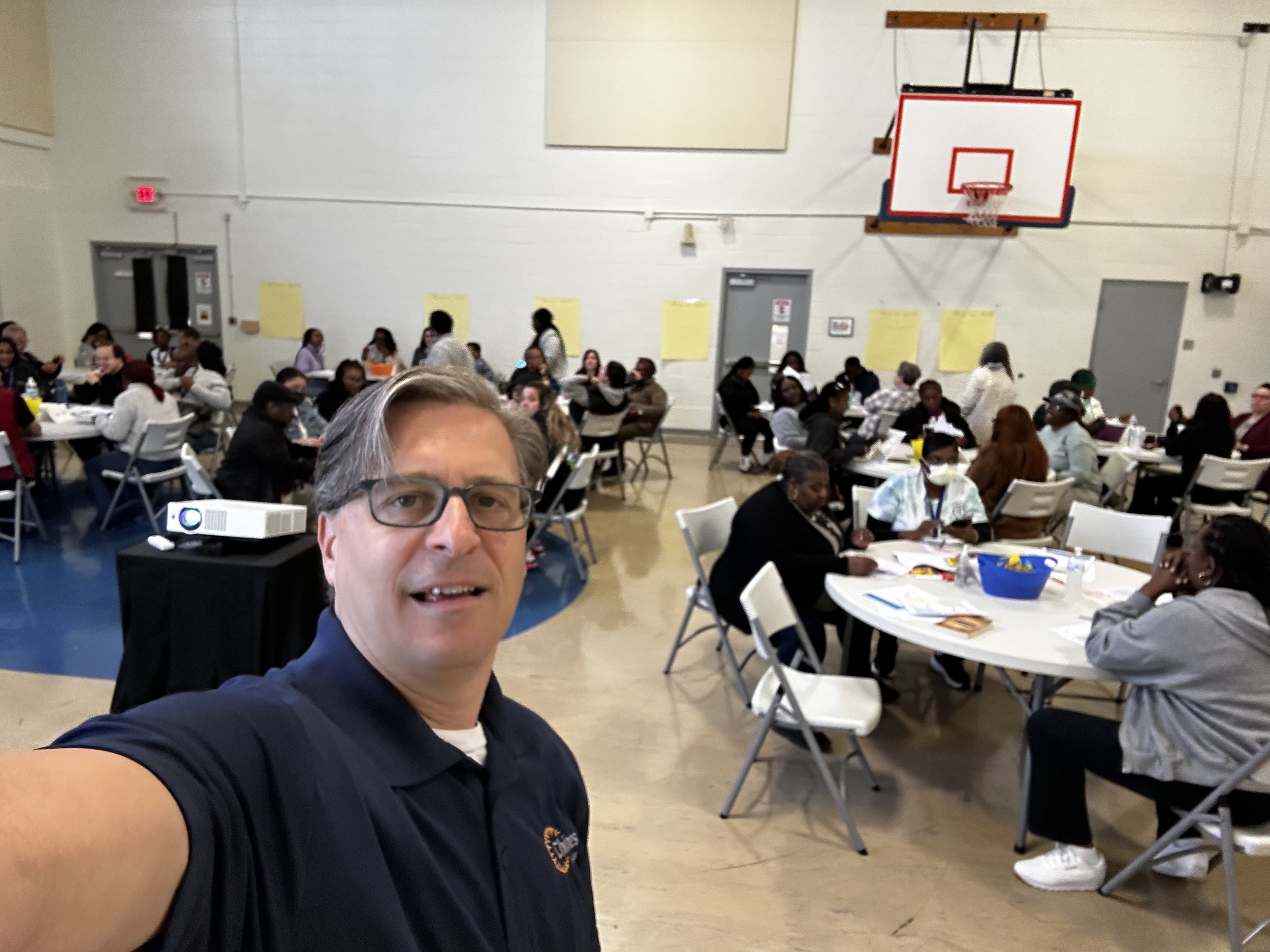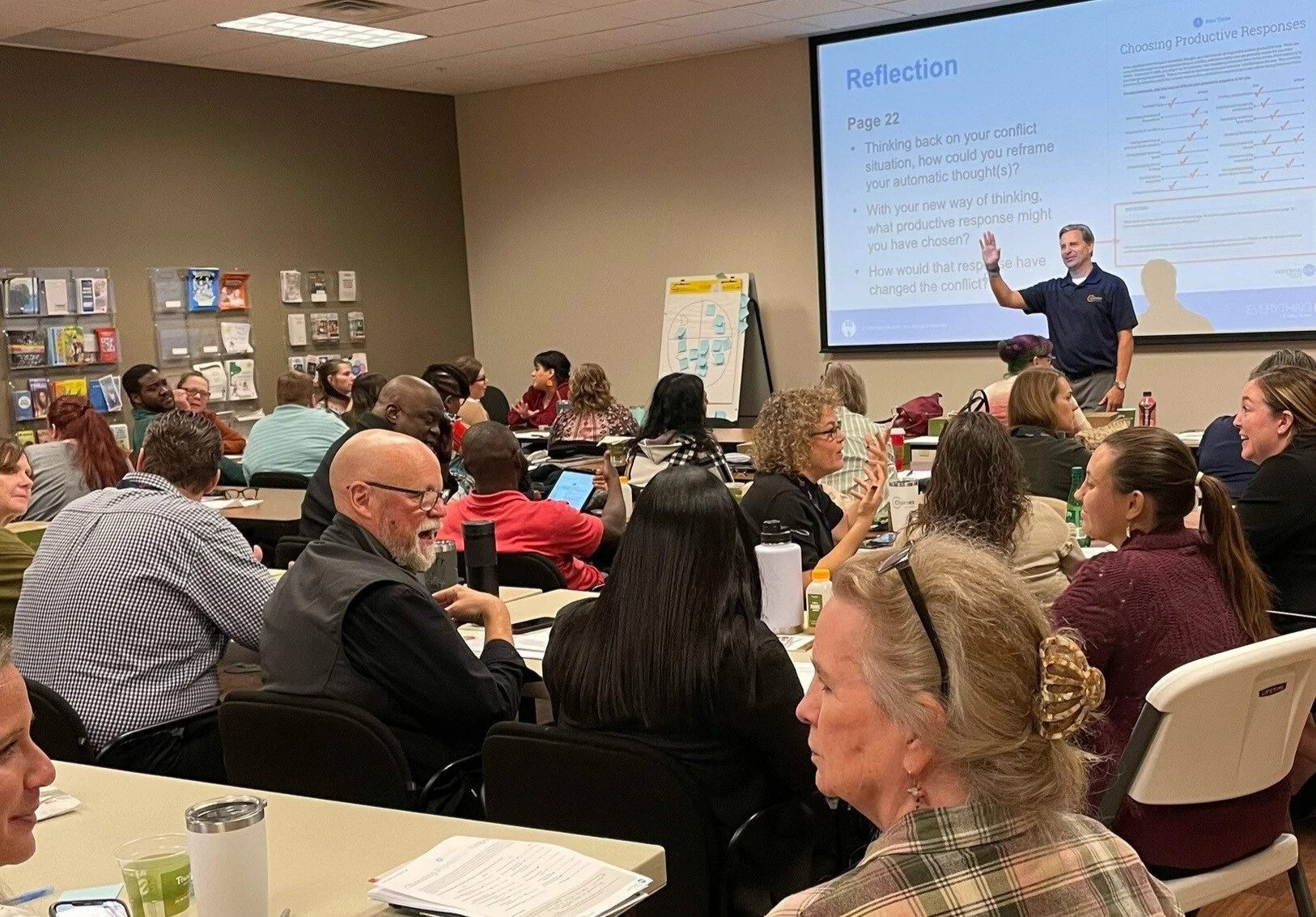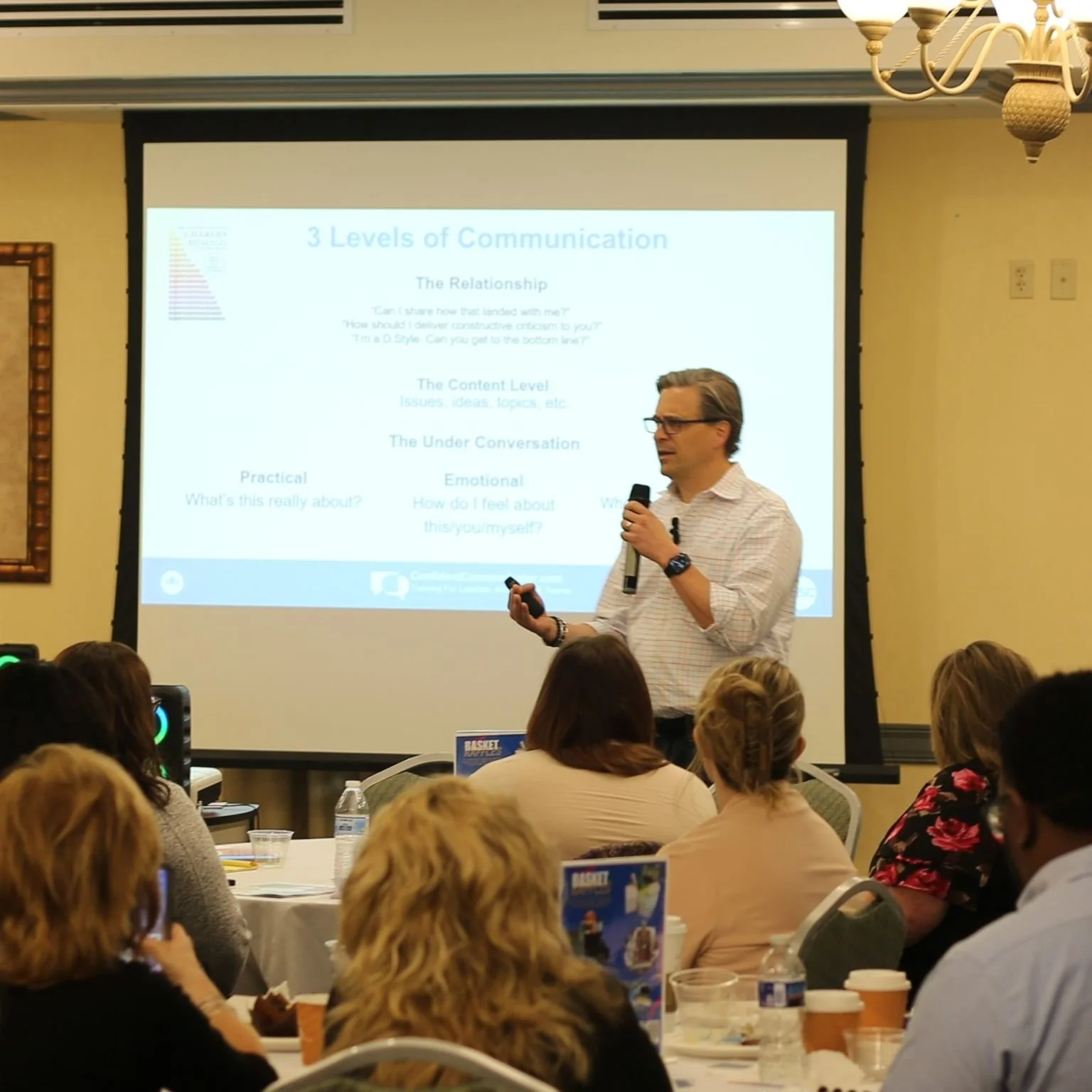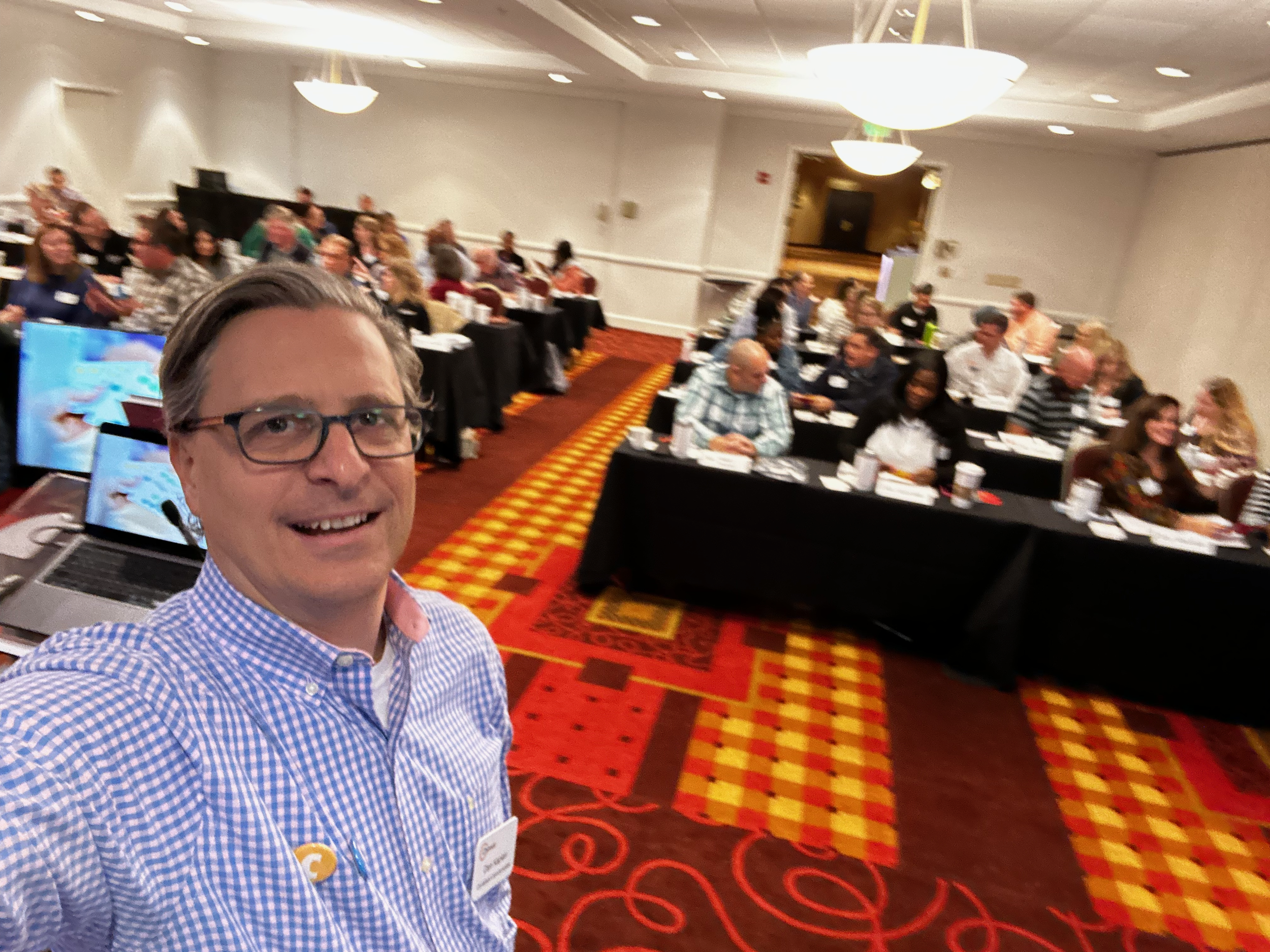
Fun, Impactful, Engaging Keynotes & Presentations
Empower your audience to be more influential and create cultures of open communication with one of Dan’s highly-rated speeches and presentations.
Recent Appearances
Keynote
Delivered in person to large audiences, conferences, associations, chambers, and other gatherings.
Mind the Crevasse: Bridging the Gap Between What You Said and What They Heard
A fun, story-driven leadership keynote that uses mountaineering adventure, the four DiSC communication styles, and the 5 Dysfunctions of a Team to help leaders overcome common team communications challenges. Through expedition-tested lessons and laugh-worthy real-world leadership missteps, participants learn how to get grounded, read minds, and frame their message for influence. After all, it’s not what you say, but what is heard. Blending keynote energy with workshop-style interaction, this session gets audience members actively learning through sharing and doing—equipping them to close the crevasse between intention and impact and communicate in ways that earn trust, alignment, and action.
Presentations
Delivered in person or virtually to networking groups, associations, chambers, conference breakouts, and other gatherings.
Influencing the Four Communication Styles
It’s not just what you say—it’s what gets heard. Using the DiSC® model, participants will learn how Direct, Influencer, Steady, and Conscientious communicators differ in how they think, decide, react under stress, and prefer to interact. This fun, interactive session teaches how to quickly read others’ communication tendencies and adapt your approach so your message lands, relationships strengthen, and your influence grows.
Overcoming Your Team’s Communication Dysfunction
How well does your team really communicate? Do they share openly or hoard information, debate issues or avoid conflict, commit to decisions or quietly undermine them? Imagine what becomes possible with a truly cohesive team. Drawing on research and tools from Patrick Lencioni, Crucial Conversations, DiSC, Fierce Conversations, Radical Candor, and more, this session equips leaders with practical strategies to build trust, engage in healthy conflict, drive commitment, embrace accountability, and focus on collective results—while strengthening their own ability to listen, decide, motivate, give feedback, and inspire higher performance.
Identifying & Adapting to Your Customers’ and Prospects’ Communication Styles
What if you could go beyond mirroring body language and communicate the way your buyers actually think, decide, and see the world? Using 70+ years of behavioral science through the DiSC Sales & Customer Relationship model, this fun, interactive workshop teaches participants to understand their own sales tendencies, quickly read buying styles, and adapt their communication to build rapport, navigate conversations more effectively, and influence buyers with greater confidence—leading to stronger relationships and better results.
Communicating Change
When organizations go through major changes, people react differently—and leaders often assume others need what they themselves would want. This session helps you understand how individuals process change, what they truly need during periods of uncertainty, and how small, targeted actions can make a profound difference. You’ll learn how to shorten the gap between disorientation and re-orientation and adapt your communication so your message lands with clarity, empathy, and impact.
Mastering Difficult Conversations
High-performing organizations are built on people who can talk candidly when the stakes are high. Drawing on Crucial Conversations and the DiSC Productive Conflict, this interactive session teaches participants how to prepare for tough moments, turn strong emotions into productive dialogue, make it safe to talk about almost anything, and stay persuasive rather than abrasive. You’ll learn the essential skills for navigating high-stakes conversations and apply them to the real-life situations you’ve been avoiding—so you can practice in a safe environment and show up with clarity, confidence, and skill when it matters most.
Communicating Across Four Workplace Generations
Baby Boomers, Gen X, Millennials, and Gen Z often communicate differently, leading to misinterpreted feedback, quick judgments, and unhelpful labels. This fun, safe, interactive session breaks through stereotypes and helps people connect as humans—listening, empathizing, and giving grace. Through a live anonymous survey, insights on the four communication styles, and a panel featuring one representative from each generation, participants explore communication preferences, feedback styles, blind spots, and plenty of shared laughter.
Great For HR Groups! 🧠💬🤗
Using DiSC to Improve Communication, Engagement, and Retention
Too often, the DiSC assessments are simply read once and forgotten—a missed opportunity, given how powerfully DiSC can improve communication, teamwork, engagement, onboarding, manager relationships, and even retention. With major advancements since the pandemic, including mobile tools that offer real-time tips for collaborating, gaining buy-in, and managing tension with specific coworkers, DiSC is more actionable than ever. This fun, practical session refreshes participants on the four styles, highlights today’s best practices, and showcases new tools and platforms that help HR leaders and teams strengthen communication, leadership, change readiness, and emotional intelligence across the organization. Learn to leverage a resource you may already have invested in!
Using AI to Improve Human Communication
Artificial intelligence isn’t just about rewriting emails—it’s transforming how we connect, collaborate, and build relationships. This engaging session explores AI tools that analyze communication patterns, reveal biases, offer personalized feedback, break down language barriers, foster empathy, and support meaningful conversations across teams and distances. Participants will learn how AI can ease conflict, strengthen collaboration, and improve tough conversations, while gaining hands-on experience and practical strategies for using AI to communicate more clearly, confidently, and effectively.
Custom Presentations
The list of possibilities is as long as there are workplace communications challenges.
Here are just a few:
Holding a Peer Accountable Without Damaging the Relationship
Pushing Back on Leadership While Strengthening the Relationship
Navigating Personality Clashes That Disrupt Teamwork
Facilitating Conversations About Trust or Lack of Psychological Safety
Explaining the “Why” When You Can’t Share All the Info
Helping People Let Go of the Old Way of Doing Things
Stuck in the Middle: Representing Decisions You Didn’t Choose
Telling Someone They're Not Ready for Promotion (Yet)
Addressing Inappropriate Comments Respectfully
Influencing Across Silos
Announcing an Unpopular Policy or Decision
Learn More
Reach out, I love to talk!



